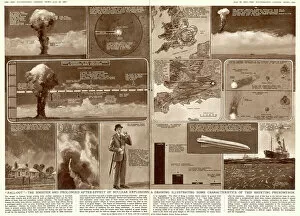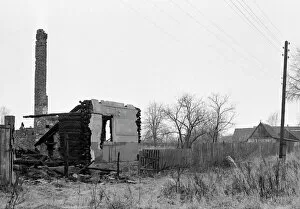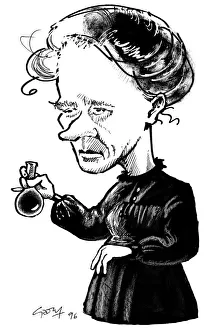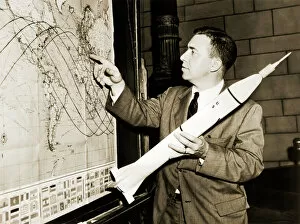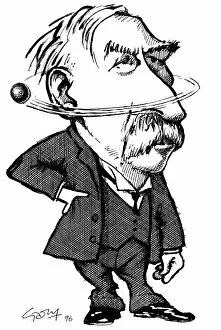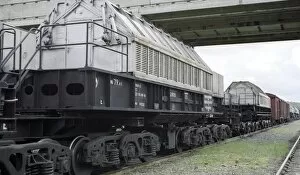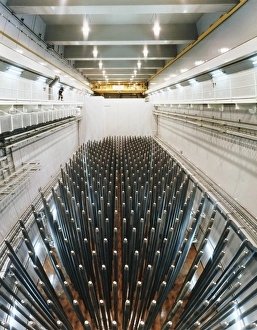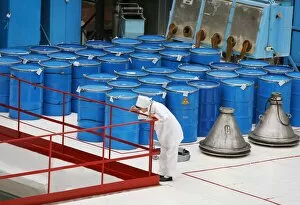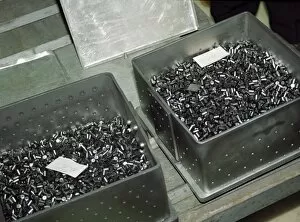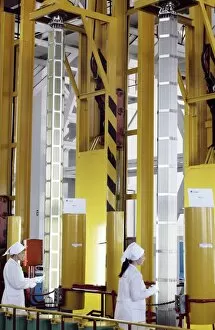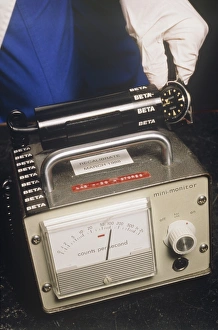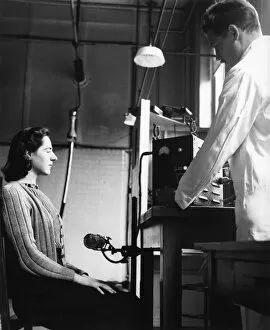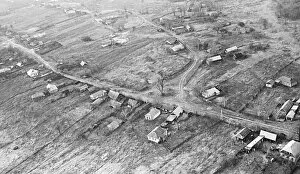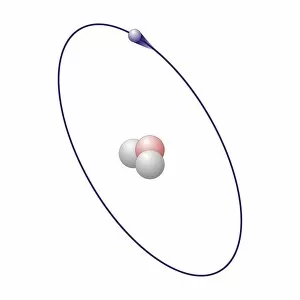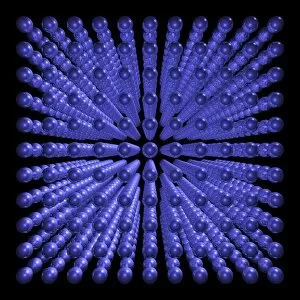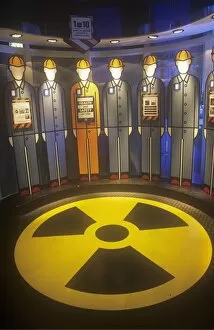Radio Active Collection
"Unveiling the Haunting Legacy of Radioactive Fallout: From Ghost Villages to Scientific Pioneers" Step back in time to 1957
All Professionally Made to Order for Quick Shipping
"Unveiling the Haunting Legacy of Radioactive Fallout: From Ghost Villages to Scientific Pioneers" Step back in time to 1957, when a nuclear test unleashed an invisible menace - fallout. Explore the eerie ghost village in Belarus, frozen in time by the devastating effects of radioactivity. Marvel at the brilliance of Marie Curie, as her caricature captures her groundbreaking work with radioactive elements. Discover how this pioneering scientist's discoveries paved the way for our understanding of atomic energy. Meet James Van Allen, the visionary US astrophysicist who unraveled the mysteries of Earth's radiation belts. His contributions revolutionized space exploration and our knowledge about cosmic radiation. Delve into Plutonium's atomic model and its role in shaping history. Understand its immense power and potential dangers that have shaped global politics since its discovery. Witness the aftermath of Chernobyl through an automatic radiation meter; a chilling reminder of one of humanity's worst nuclear disasters. Reflect on how it forever altered perceptions about nuclear energy safety. Gaze upon a captivating black-and-white portrait capturing Marie Curie's essence from c. 1901, showcasing her indomitable spirit and unwavering dedication to scientific progress. Chuckling at Ernest Rutherford's caricature reveals his pivotal role in unraveling atomic structure, leading to significant advancements in nuclear science that continue to shape our world today. Experience Monte Bello atomic test site where explosive experiments were conducted during Cold War tensions – a stark reminder of mankind’s fascination with destructive power balanced on a knife-edge between peacekeeping and annihilation. Discover the Radiochemical Centre where scientists tirelessly worked towards harnessing radioactivity for peaceful purposes while grappling with ethical dilemmas surrounding chemical warfare during times fraught with tension and uncertainty. Intriguingly complex yet undeniably powerful, "radioactive" remains etched into human history as both a source of awe-inspiring scientific breakthroughs and cautionary tales of the perils that accompany it.


